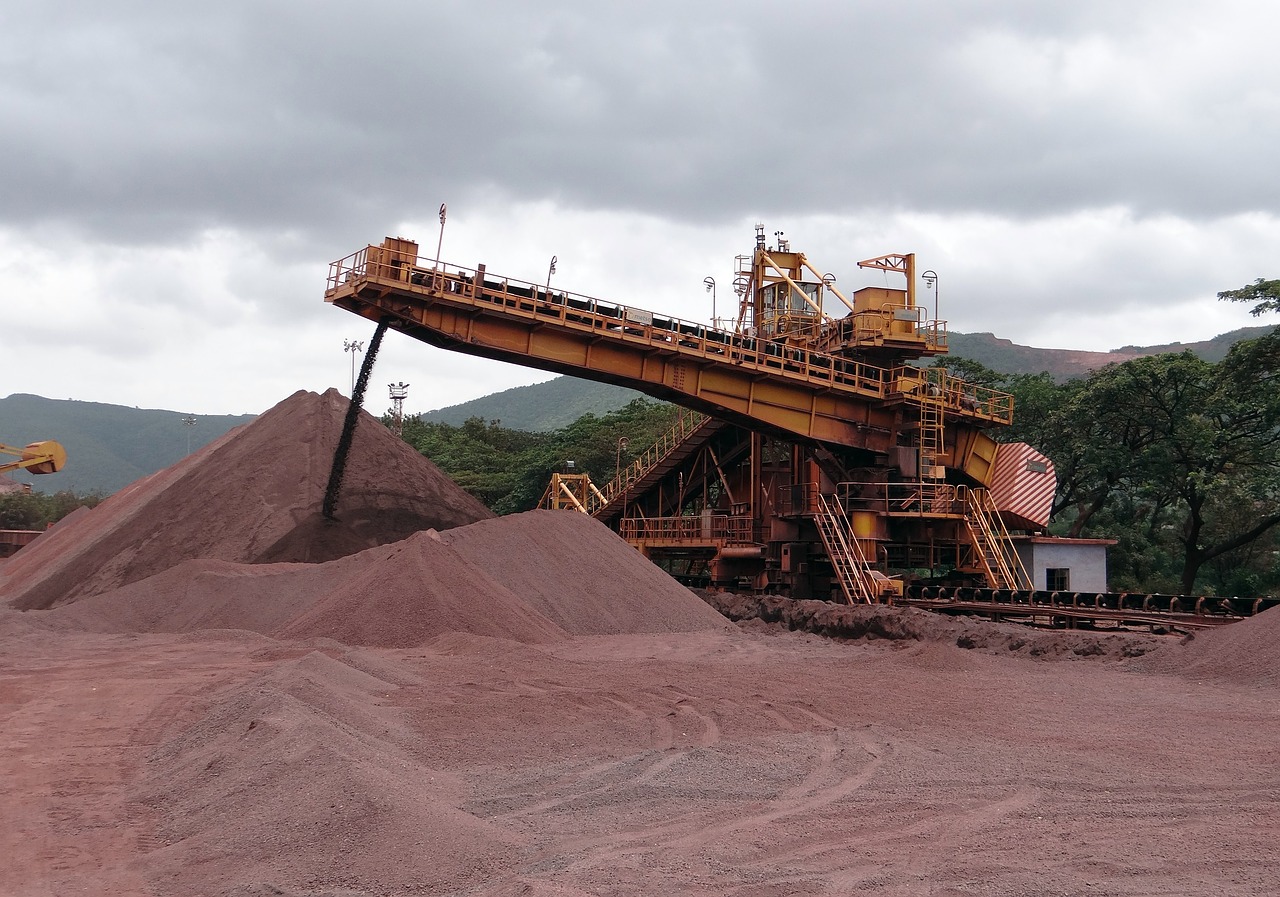Over the past week commodity currencies have managed solid gains vs. the USD. This has given rise to the question as to whether after this year's sharp adjustments lower, the tide is finally turning in their favour. While we acknowledge that there has been some brighter news for some of the commodity currencies, the headwinds remain plentiful.
"We expect that weak demand will remain a constraint on commodity prices and on commodity currencies going forward. Consequently, as it stands, we remain unconvinced that commodity currencies have turned the corner and we are viewing this week's movement as a short squeeze",says Rabobank.
This year's downside pressure on prices can be linked with supply gluts in a range of commodities including oil, iron ore, coal and dairy. These gluts are in part a function of over-optimistic estimates of demand. China is the world's largest consumer of commodity prices and slowing growth is inextricably linked to the downside pressure on many commodity prices over the last year.
Chinese data suggest that the country's output of steel was down 1.8% y/y in the first seven months of 2015. This is tightly linked with slowing demand from China's faltering construction industry. Lower steel production in China earlier this year sent iron ore and coal prices to multi year lows. These are Australia largest export products. This week, the prices of both these commodities have seen some respite.
After an extended Golden Week holiday Chinese markets opened yesterday with traders displaying renewed enthusiasm to replenish diminished iron ore inventories. Although stocks of iron ore at China's biggest ports increased in September, they reportedly remain well below levels recorded a year ago. Inventories had been lowered in response to lessened demand from China which is reportedly responsible for absorbing around 70% of all seaborne trade in iron ore. Slowing demand in China, however, has not be matched with lessened supply.
"Chinese imports of iron ore this year have remained fairly similar to 2014. In September Brazilian iron ore exports reportedly hit 35.6 mln tonnes, the best month so far this year. Iron ore producers in both Australian and Brazil have been attempting to increase shipments to contain unit costs. Against this backdrop we see little scope of a sustained upward push in prices", added Rabobank.



 Best Gold Stocks to Buy Now: AABB, GOLD, GDX
Best Gold Stocks to Buy Now: AABB, GOLD, GDX  FxWirePro: Daily Commodity Tracker - 21st March, 2022
FxWirePro: Daily Commodity Tracker - 21st March, 2022  Gold Prices Fall Amid Rate Jitters; Copper Steady as China Stimulus Eyed
Gold Prices Fall Amid Rate Jitters; Copper Steady as China Stimulus Eyed 































